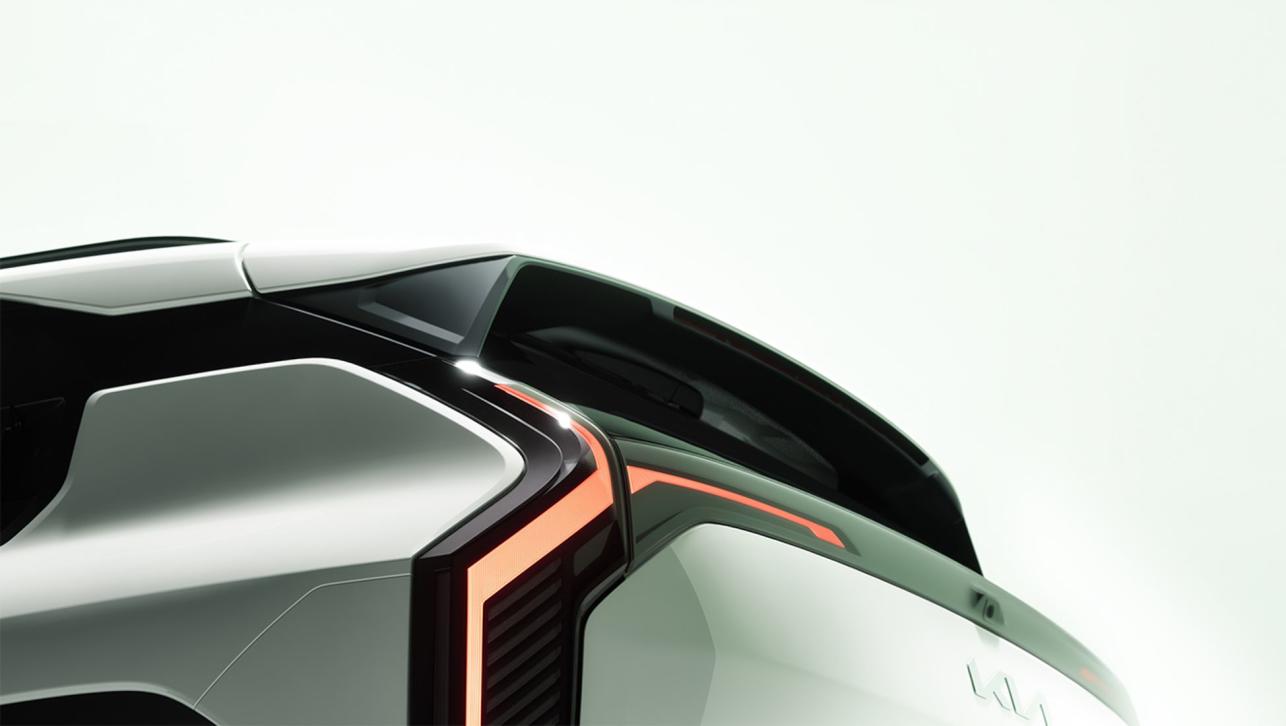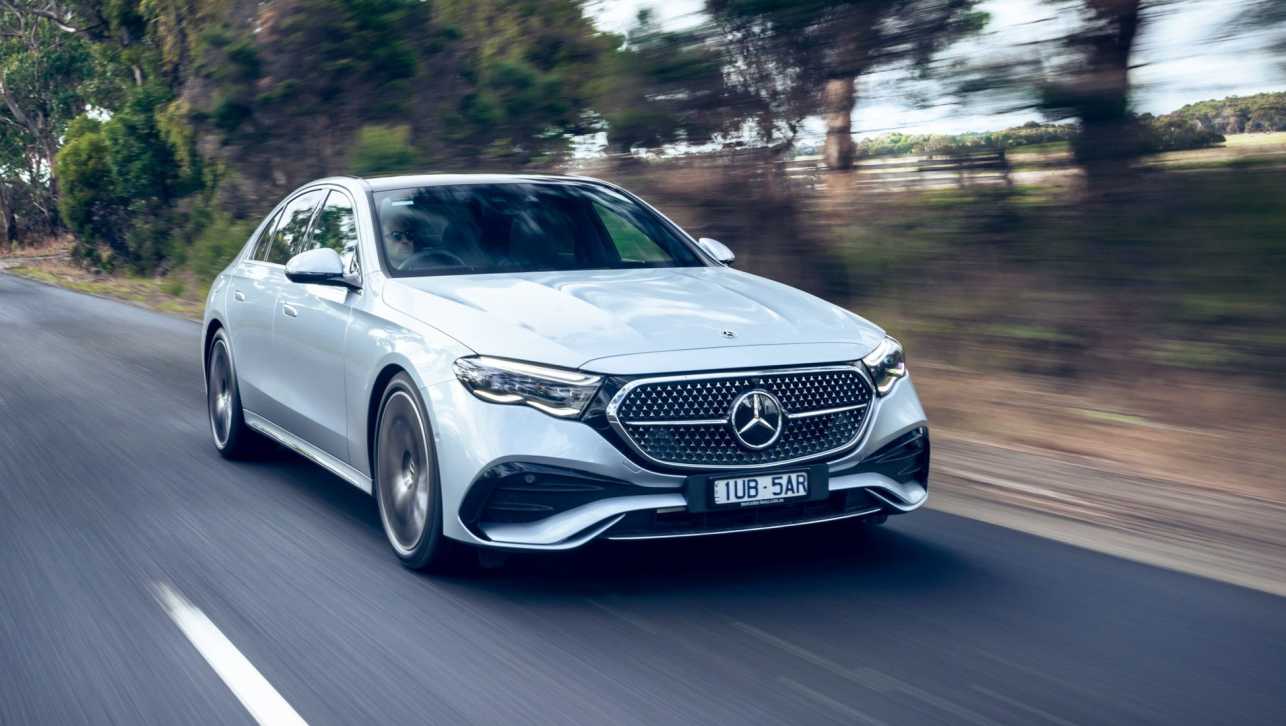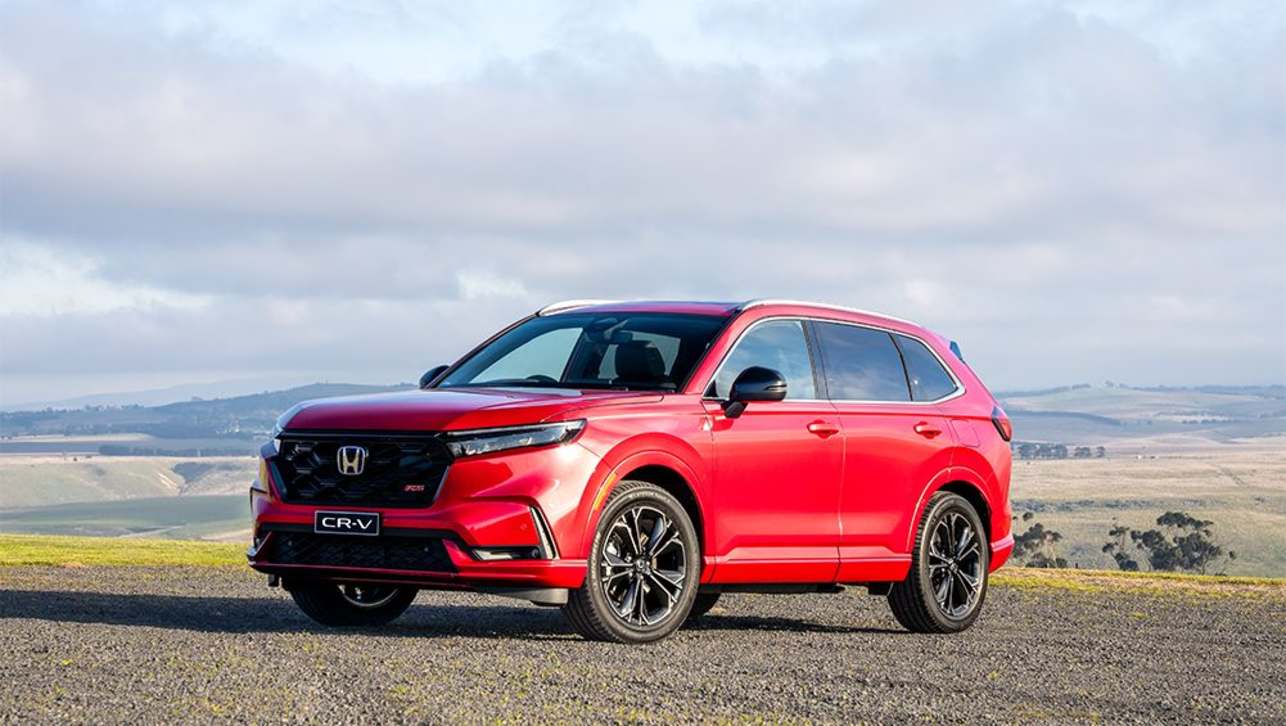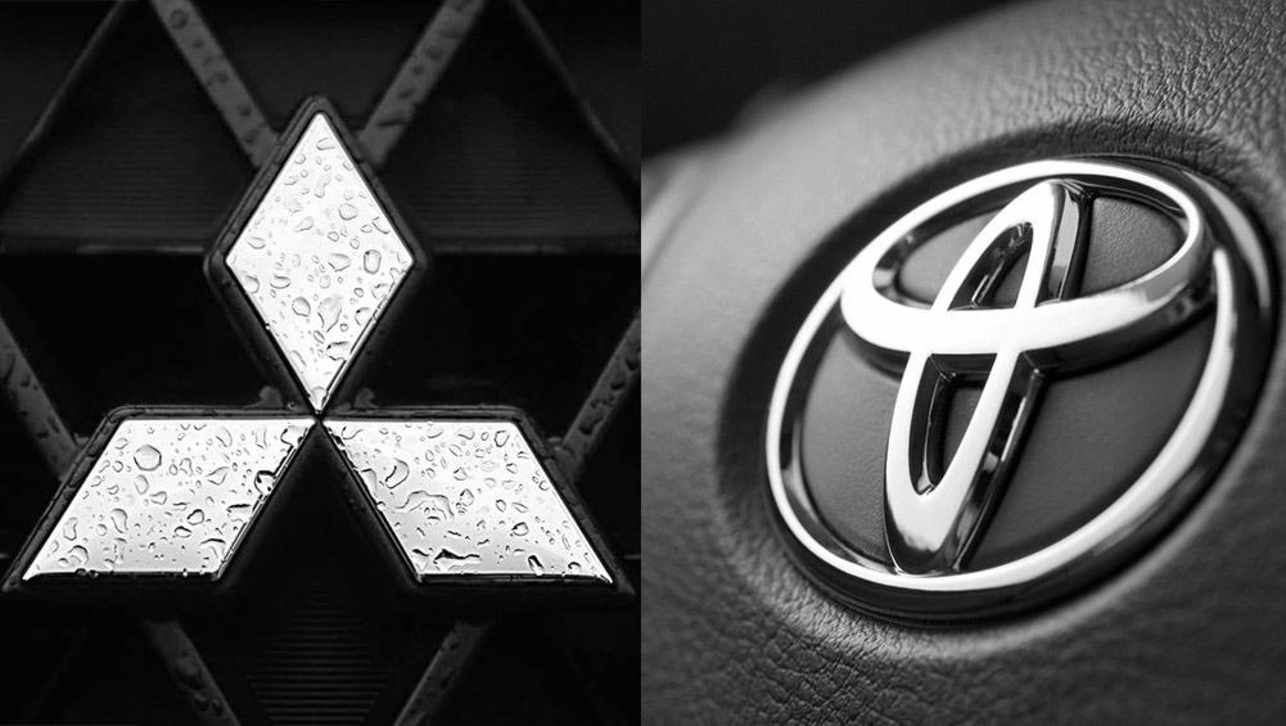Having created the first ever mass production electric car, the Mitsubishi i-MiEV, the innovative Japanese automotive company is certainly not resting on its laurels.
Mitsubishi continues its push on electric power in many different directions, taking advantage of its research and development knowledge to do everything from competing in electric motor sport to powering houses – that’s right, powering houses with cars!, more about that in a moment.
First, there are the obvious directions of improving the motor and battery efficiency of electric vehicles to increase their driving range; and of pruning production prices to make them moderately affordable. EVs are today extremely expensive and this is the biggest hurdle to be overcome.
Mitsubishi is also expanding the models to include a small van version based on the i-MiEV, even a crossover SUV. The all-new Mitsubishi Outlander, which is coming to Australia soon, will be offered as a plug-in petrol-electric hybrid in some markets.
The final design of the hybrid Outlander hasn’t been – and may not come to Australia in any case. Our petrol is still too cheap and the reluctance of many Australians to admit that climate change is a reality means we may not see the low emission Outlander downunder.
The Japanese giant is also working on plug-in hybrid electric vehicles (P-HEV) that also run on petrol as the best way to extend overall trip distances. But admits this is at the cost in mass and dollars of carrying two engines and two ‘fuel tanks’. Range extenders, which use a petrol engine as a battery charger when power runs low are being built by other makers, particularly General Motors.
During an interview with three Australian motoring writers, Mitsubishi president Osamu Masuko, declined to comment when I suggested range extenders were not an efficient way of running electric vehicles.
The fact that General Motors had just suspended production, probably temporarily, on its range extender Chevrolet Volt may have been a factor in Masuka’s reluctance to become involved in a discussion. We will keep in touch with this controversial area of EV design.
As well as the practical side of electric vehicles Mitsubishi is also working at two totally different extremes. Mitsubishi is keen to show that electric cars are more than economy-based vehicles, that they can actually take on petrol and diesel cars in competition.
On July 8th a special high-performance Mitsubishi i-MiEV will tackle the famous Pikes Peak hillclimb in the USA. The competition car currently in the last stages of development is based on the structure of the Mitsubishi i-MiEV, but has a special single-seat sports body and has an electric motor reputed to be developing somewhere between 250 and 300 horsepower (187 to 224 kW).
This will not be simply a demonstration run by a Mitsubishi electric special, there are reports that as many as six other electric cars will compete in this year’s Pikes Peak. It’s likely to be many years before electric vehicles are regarded as mainstream on the streets – and in competition – but events like this, the world’s best known hillclimb, certainly keep them in front of the motoring public.
At the other extreme from the Pikes Peak EV challenge is the Mitsubishi electric vehicle that can be used to power your house. That’s right, park your i-MiEV outside your house, plug it in and the vehicle’s batteries can run all the electrical systems within the house. The idea isn’t to do this car-to-home connection on a routine basis, but to have use the EV as a standby in case of a power outage on the electricity grid.


.jpg)

.jpg)


.jpg)



.jpg)

.jpg)





.jpg)







.jpg)


Comments